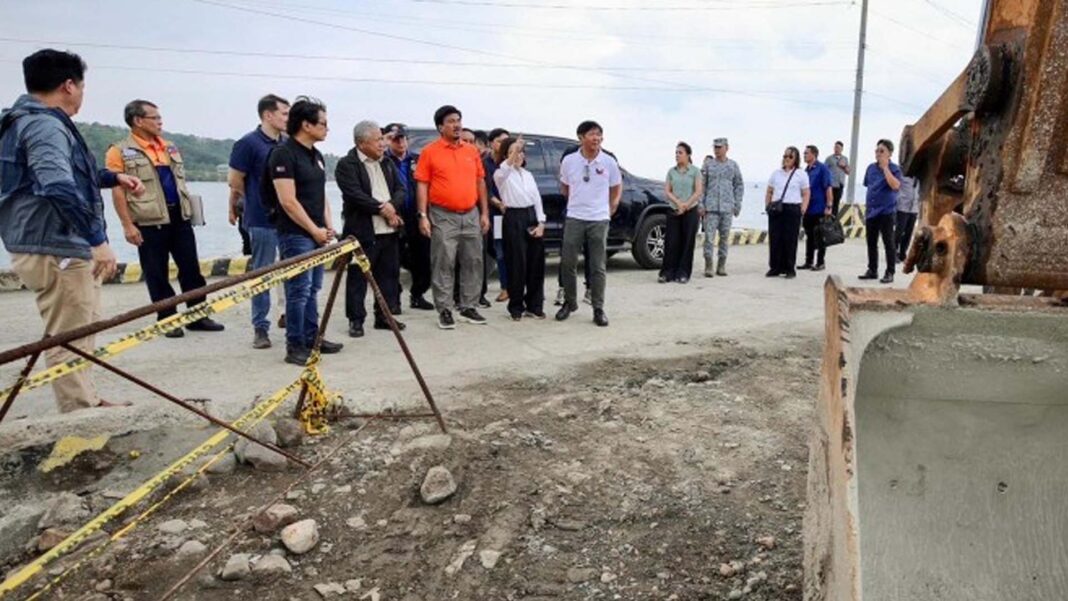President Ferdinand R. Marcos Jr. underscored the need to find “ways forward” and implement a long-term solution amid worsening climate change-related calamities.
The Chief Executive made the call Friday during his visits to Quezon and Rizal provinces to check government response efforts on the devastation caused by Typhoon Carina and the enhanced southwest monsoon (habagat) in Luzon on Wednesday.
“Na-iba talaga ito. Lahat ng makita ko (This is different. In every site I visited), that’s the conclusion I keep arriving at. This is different from anything we ever had to deal with before,” he said in a situation briefing in San Mateo, Rizal.
“That’s why we have to come up with new ways to mitigate what is essentially a much harder problem than before,” he added.
Marcos ordered a holistic approach to raise public awareness on the effects of climate change in the Philippines.
“That’s climate change. That’s why we keep talking about it. People have to be conscious about it especially us who are trying to find ways to mitigate the problem,” he said in a separate briefing in Mauban, Quezon.
“We have no choice. We have to do something. We have to learn how to handle the new normal,” he added, referring to how the government should respond to the effects of climate change.
In Quezon, President Marcos sought to assess the significant changes in flooding patterns for future flood control projects.
Reports from the Department of the Interior and Local Government showed the municipality of Agdangan was hardest hit by tropical cyclones Aghon in May and Carina, and the southwest monsoon.
At least 986 families, or 4,324 individuals, were affected by Carina while 968 families temporarily stayed with relatives or friends.
The typhoon also rendered the seaports in Real, Infanta, Polillo, Patnanungan, Jomalig and Burdeos non-operational.
In Rizal, Governor Nina Ricci Ynares said the most affected municipalities were San Mateo, Montalban, Cainta and Tanay, where more than 8,000 families evacuated.
She said there are still communities in Tanay that have yet to receive relief items due to damage in roads leading to their areas.
About 1.3 million people were affected, with at least 200,000 still in evacuation centers.
Based on the official reports received by the National Disaster Risk Reduction and Management Council, 14 died while two are still missing. (PNA)



